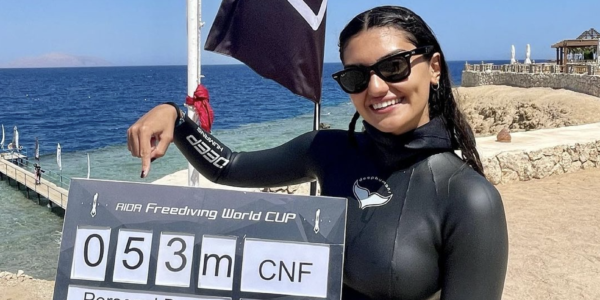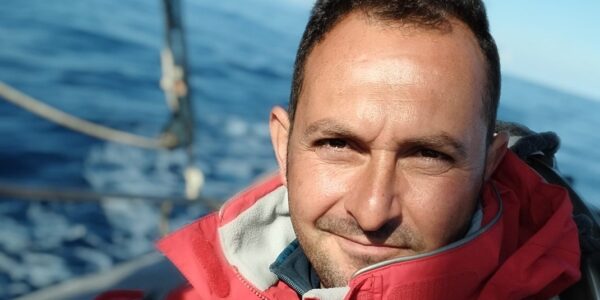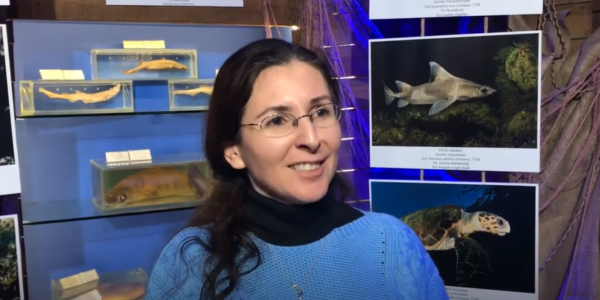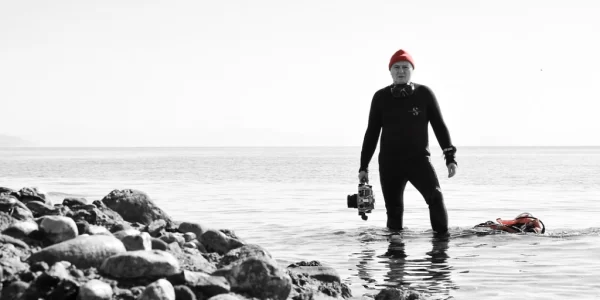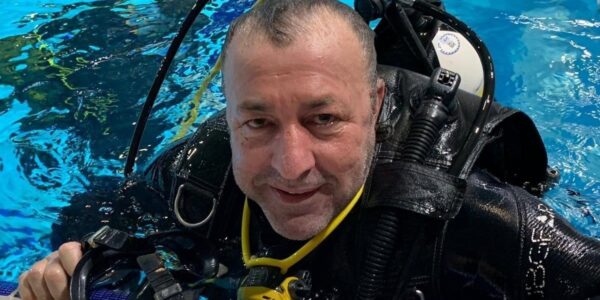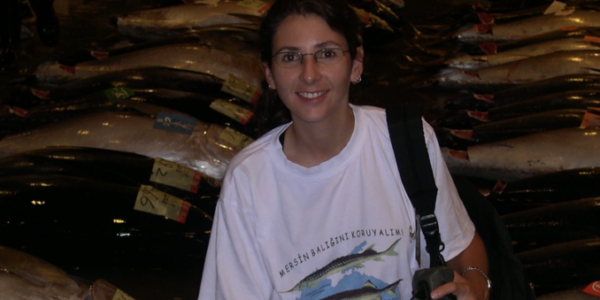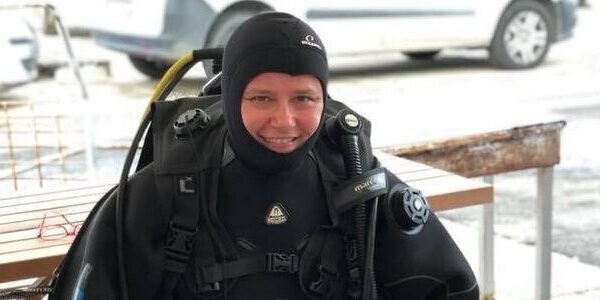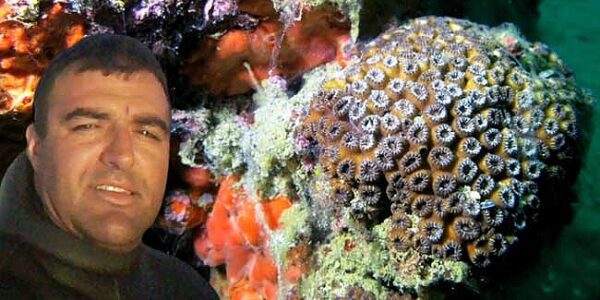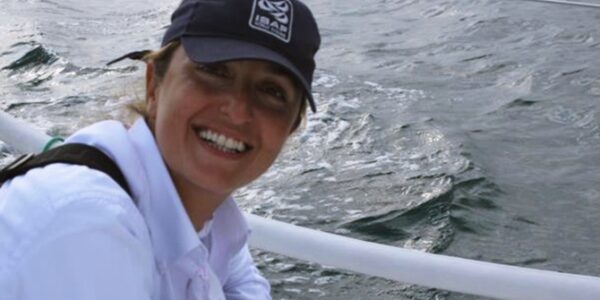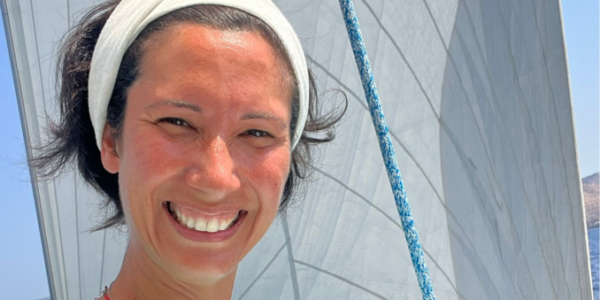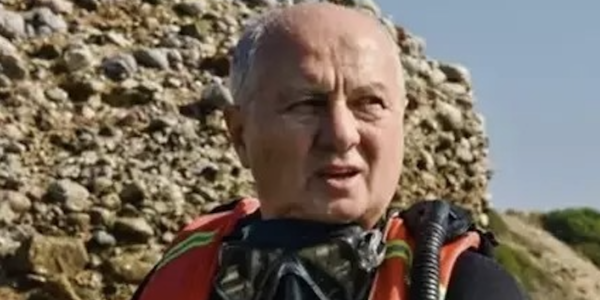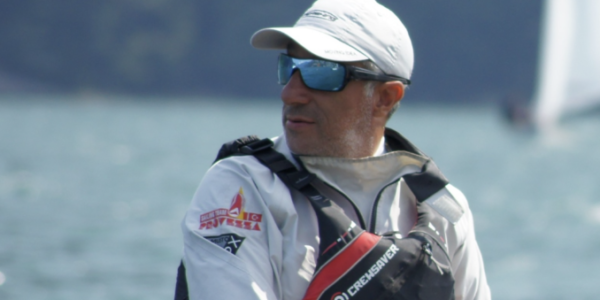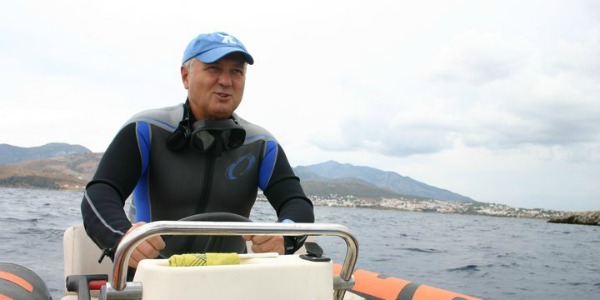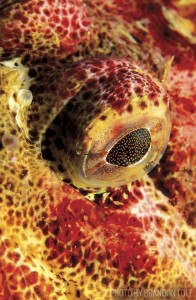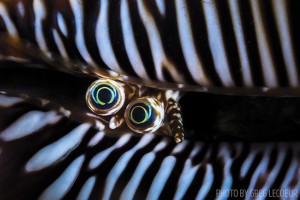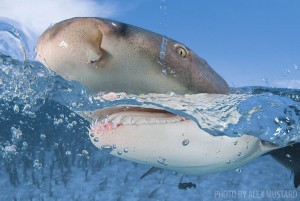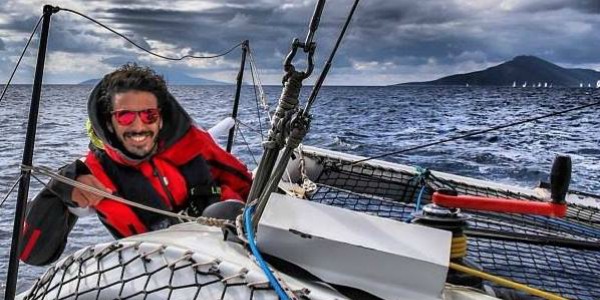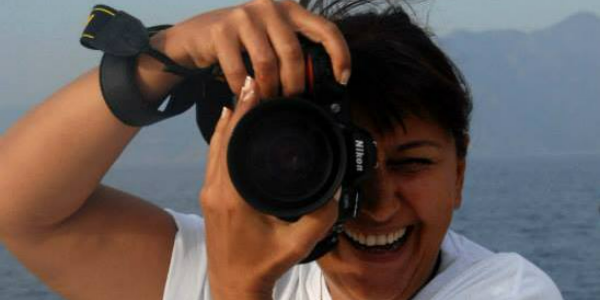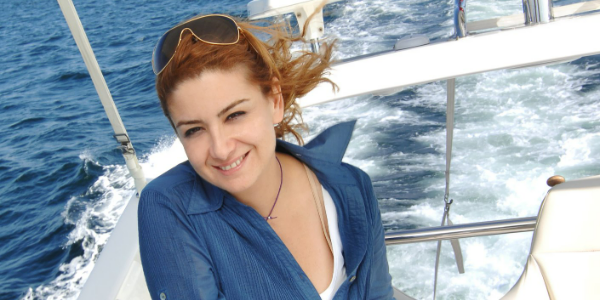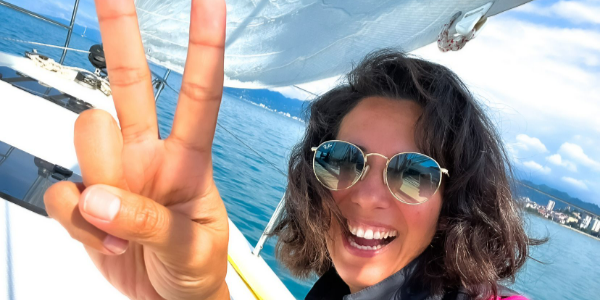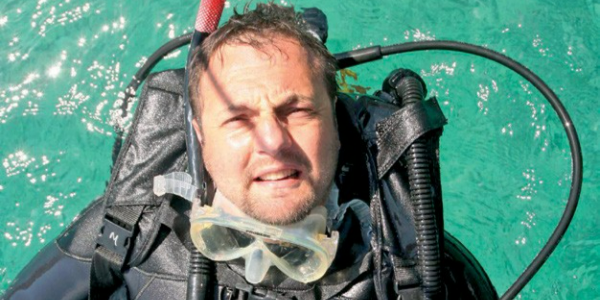It is said that eyes are the window to the soul. Photos of eyes captivate because they give the viewer a deeper connection with the subject. When it comes to marine life, the eyes are incredibly diverse, from the compound eyes of a mantis shrimp to the bizarre stalked eyes of a conch. Photographers can either focus in on the eye or pull back and shoot a portrait, where eye contact is just as critical for success.
Photo Tips for Capturing the Eyes
1) Sensitive Senses
Before going any further, it is important to recognize that eyes are sensitive organs, and photographers should not blast off dozens of strobe-lit shots. Even if it doesn’t do any lasting damage, always be sensitive to the subject of your image. I like to imagine I’m still shooting film, waiting to get all the details absolutely correct before pressing the shutter. Plan your shot ahead of time, and tweak your lighting and exposure while pointing away from the face of the subject. Then you will need only a frame or two on the eyes.
2) Don’t Bull’s-Eye
Gone are the days when cameras could focus on only the center of the image, although many photographers still hold back their images by never moving their focus point around the frame. It is not a problem to have the subject in the middle of the picture sometimes — but not all the time. Photos are usually visually more interesting when the subject is off-center. In this photo, Greg Lecoeur placed the two eyes of this conch on the left side of the frame and used the zebra stripes to fill the rest of the picture. The repeating lines complete a strong composition.
3) One or Two Eyes
Are two eyes always better than one? When shooting portraits of marine life, go for two eyes only when you can get strong eye contact from both. Being able to see the eyes is not the same as the eyes looking out from the picture and really connecting with the viewer. But the problem is that many fish and invertebrates don’t have forward-facing eyes. Many have their eyes on the sides of their head and therefore offer good eye contact with only one eye. The solution is to be honest — don’t chase a two-eye shot when the animal clearly isn’t the right shape.
Powerful Portraits
Great eye contact makes animal portraits stand out; this means more than having the eye in the picture— it must clearly grab the viewers attention.
Beginner
Tip Fish and marine life are not always the most cooperative subjects, and you must be prepared to do the hard yards and get the picture framed and focused correctly. This means you need excellent buoyancy control and patience to nail the perfect capture. Eyes are critical in portraits, and they must be pin-sharp. This is particularly true of macro subjects. It does not matter if the rest of the critter isn’t in focus, as long as the eyes are sharp. In fact, many portraits of people are taken with just the eyes in focus.
Intermediate Tip
The most valuable tip for improving fish portraits is to get the camera exactly at the eye level of the subject. Usually fish are close to the seabed, and the photographer swims above, so the challenge is usually to get the camera as low as possible. Although that wasn’t the case with this lemon shark (above)! Most truly memorable fish portraits have the eyes looking right back and snaring the viewer’s interest. I always say to my students that if you need to ask whether a photo has eye contact, it doesn’t.
Advanced Tip
You may well already have a fish photo that people often say looks grumpy, surprised or curious. This is exactly what we want — it means the subject has gone beyond being just a fish and is now an individual. Enhance the character by focusing on the face. Once viewers see a face, they see an individual, and then they will project character, emotion or personality onto the subject, even when it is not really there. Shoot faces not fish, and you’ll soon have an eye-catching portfolio of marine-life portraits.
ALEX MUSTARD
Source: Sport Diver
